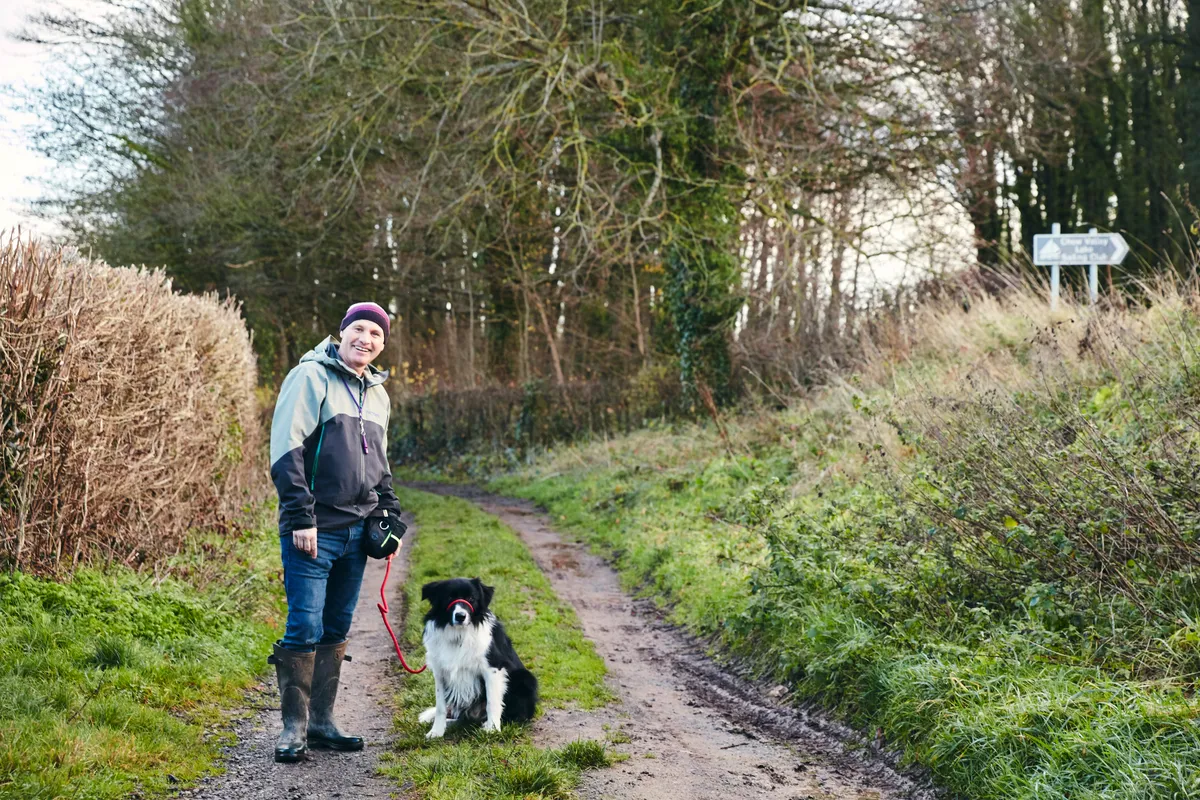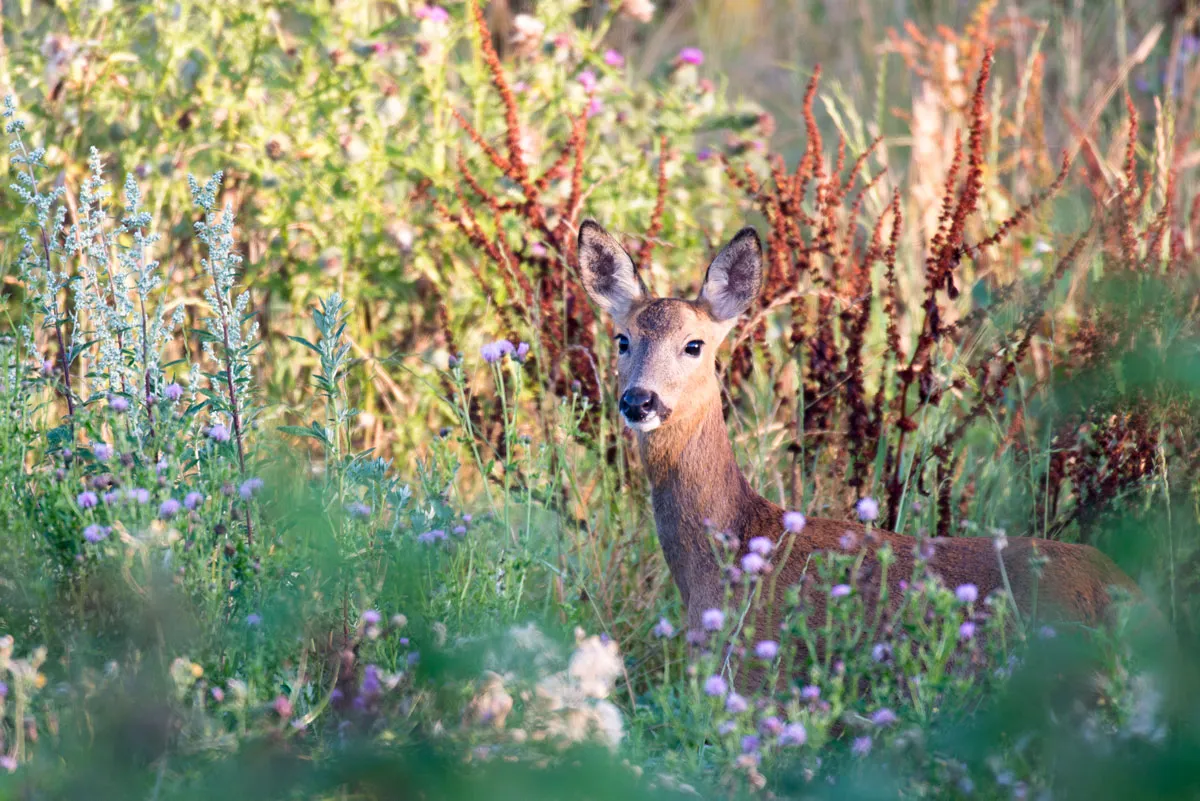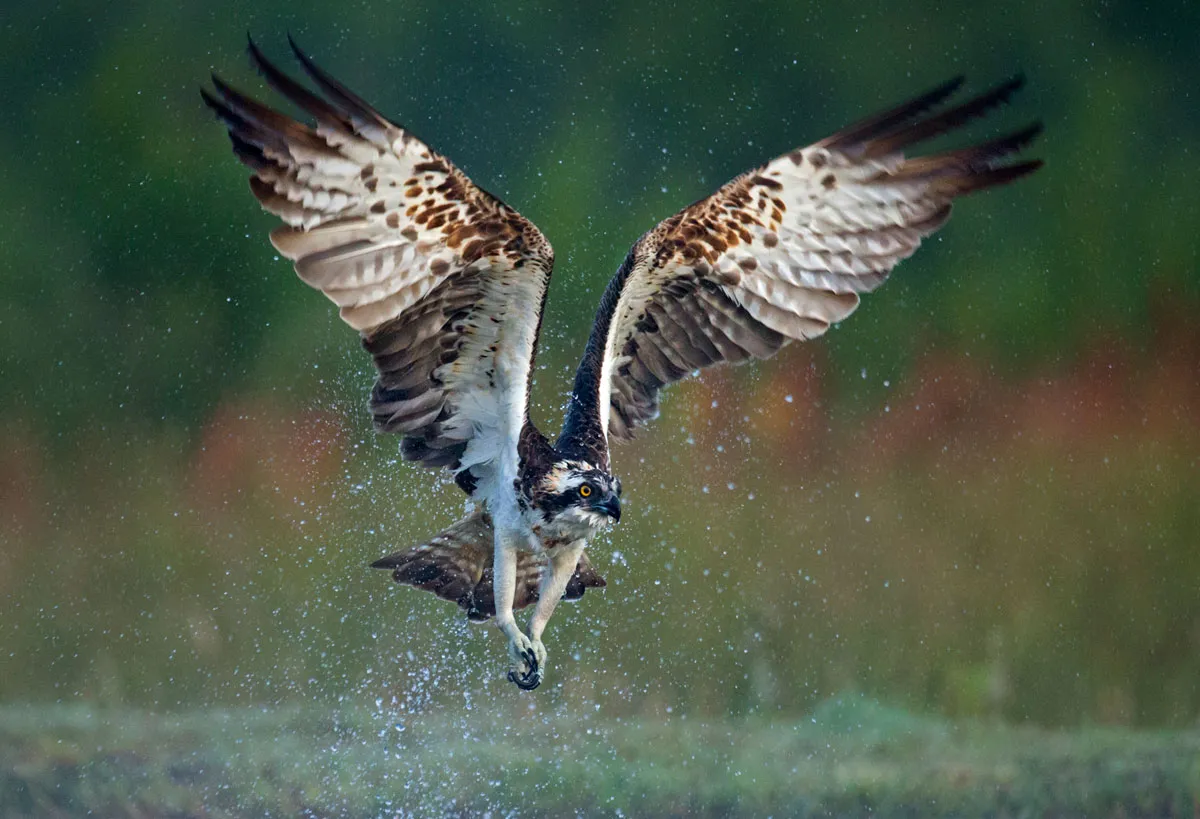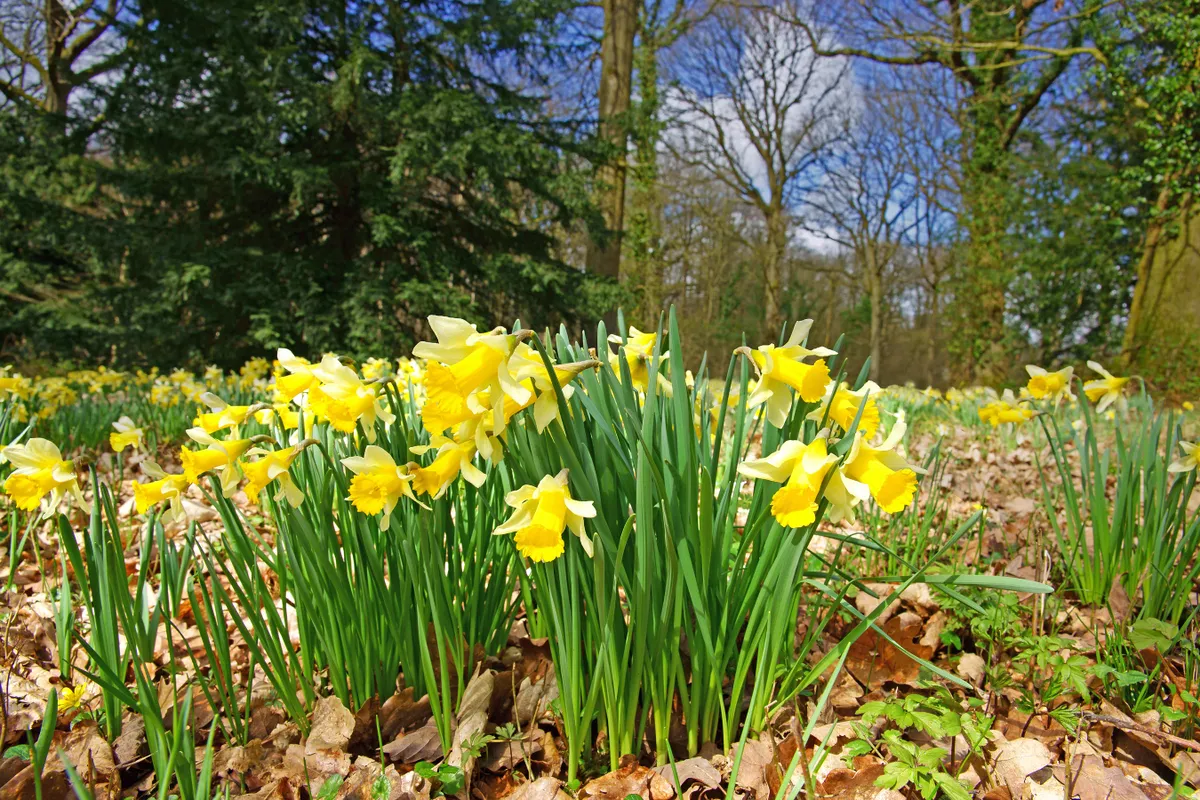Make the most of spring with TV presenter and naturalist Mike Dilger's top tips on where to spot spring wildlife.
Enjoy a Dawn Chorus Serenade at Minsmere RSPB Reserve, Suffolk
Minsmere is one of the finest nature reserves in Britain and home to a huge variety of wildlife. Nowhere else boasts ancient woodland, expansive reed-beds, brackish scrape and heathland - all creating a fabulous mosaic of habitats, which in turn results in quite possibly the richest dawn chorus in the UK. On an early morning in late April, it’s possible to be serenaded at certain locations by both nightingale and bittern at the same time. That takes some beating!
Podcast: Go birdwatching with Mike Dilger
Head to Chew Valley Lake in north Somerset in the company of BBC naturalist and enthusiastic birder Mike Dilger in search of wildfowl and waders – and also meet his lovely Border Collie Bramble.

Glimpse Otters and Roe Deer at Shapwick National Nature Reserve, Somerset

The Somerset Levels has now become a world-class place to go wildlife watching in spring. With an abundance of wetland reserves sandwiched between the Mendips and the Polden Hills, the Levels has become a fine example of nature conservation on a grand scale. Perhaps the jewel in the crown is Shapwick NNR - a huge expanse of fenland, water-filled rhynes, wet woods, open water and reed-beds. In addition to a huge variety of birds, butterflies and dragonflies it has to be one of the best places in the UK to enjoy a glimpse of both otters and roe deer during broad daylight.
Wood Warblers and Woodland Flowers at Wood of Cree RSPB Reserve, Dumfries & Galloway
Wood of Cree is the largest area of ancient woodland in southern Scotland and is famed for its gnarly old oaks, tumbling burns and carpet of woodland flowers in April and May. In spring the dawn air is full of the sound of wood warblers and pied flycatchers freshly arrived from Africa, and then as the day warms up, it is the turn of the drifts of gently nodding bluebells to take centre stage.
Spot Red Squirrels and Ospreys at Loch Garten RSPB Reserve, Scottish Highlands

Spring in the Scottish Highlands wouldn’t be complete without a visit to catch up with Loch Garten’s celebrated ospreys. The reserve is much more than just about spotting their famous fish-eating raptors though and is also a great place to track down Scottish specialties. Capercaillie, or ‘the horse of the woods’, is a bird that will reward those willing to rise for an early start, as opposed to the pine marten, which is most easily chanced upon as light falls. The red squirrel, however, can be seen at any time between dawn and dusk, and anyone departing the reserve without having spotted at least one, should be feeling suitably aggrieved.

Marvel at Migrating Birds at Portland Bill, Dorset
Protruding some six miles into the English Channel from the Dorset coast, the southern tip around the observatory is a terrific location to see migration in action in spring. The fields, bushes, hedges and grassy commons are the places to spot the early visitors hitting landfall, such as wheatears and ring ouzels, while sea-watching will reward the observer with manx shearwaters, skuas and terns. On the right day, anything can turn up, with the flamboyant hoopoe seen during most springs.
Listen to Mike talk about the joys of spring and the hidden lives of Britain's birds in our Podcast.
Mike Dilger has partnered with Swarovski Optik, the leading luxury optic specialists, to offer a selection of top tips on how to make the most of this season's wildlife spectacles.